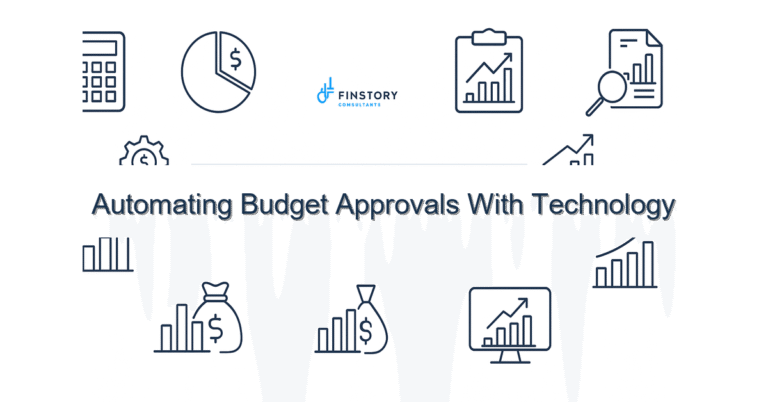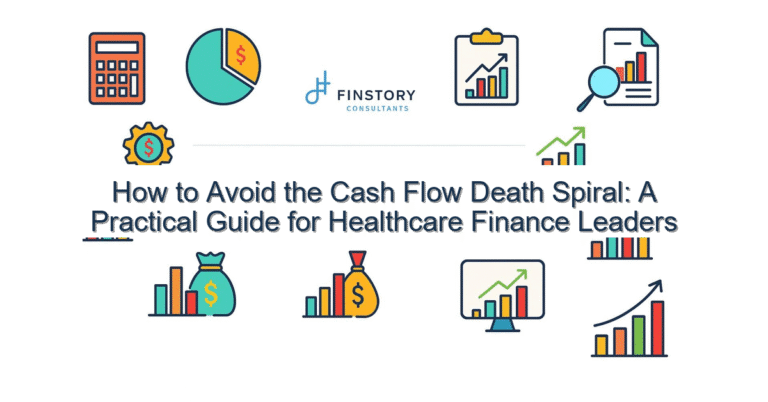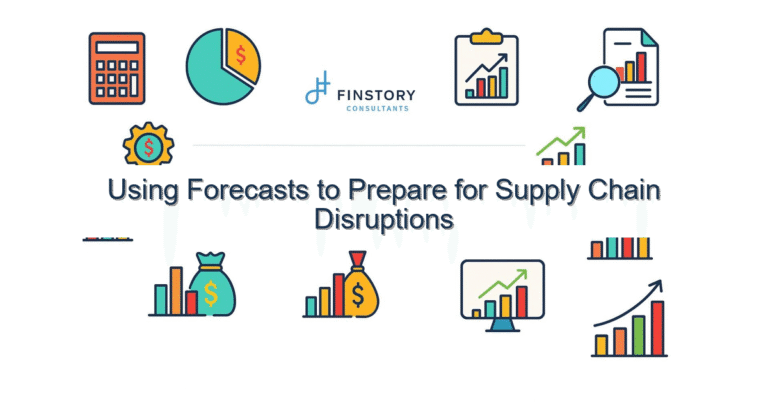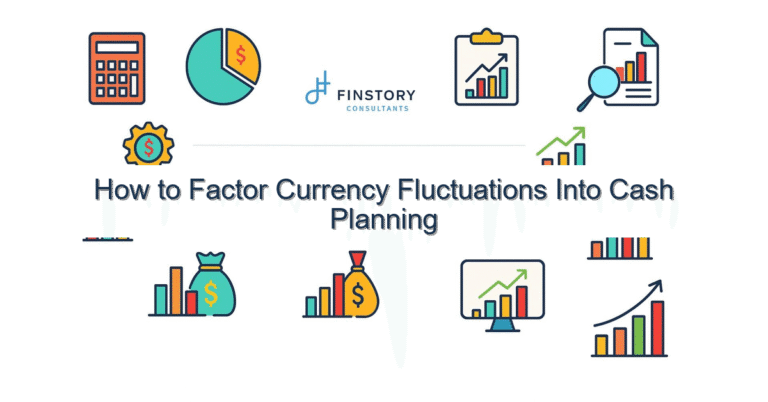Eyes on You: How to Prepare for Due Diligence Before Seeking Investors
You’ve got interest.
An angel investor wants to “see your numbers.” A VC firm asked for your data room. The pitch went well—but now comes the part most founders underestimate:
Due diligence.
If fundraising is the party, due diligence is the cleanup. And how you prepare can determine whether the deal moves forward—or dies quietly in someone’s inbox.
What Is Due Diligence, Exactly?
Due diligence is the process investors use to verify the claims you made in your pitch—especially around financials, operations, and growth potential.
They’re not just kicking tires. They’re checking:
- Is this business financially sound?
- Are the numbers accurate and consistent?
- Can we trust this team with our capital?
You don’t need to be perfect—but you do need to be prepared.
Two Founder Moments
1. The Founder Who Was Ready
A SaaS founder had a pitch deck, sure—but they also had 24 months of clean financials, a metrics dashboard, customer acquisition costs by channel, and churn trends. When the VC firm requested due diligence, the founder sent a link to a simple data room. Two weeks later, they had term sheets.
2. The Founder Who Was… Not
Another founder was asked for projections and historical financials. They scrambled to pull numbers from a mix of spreadsheets, bank statements, and half-finished QuickBooks reports. It took 3 weeks. Confidence eroded. The deal quietly fell through.
What You’ll Be Asked For (And How to Prepare)
Here’s a simplified checklist of what investors will likely want:
✅ 1. Historical Financials (Clean + Clear)
- Last 2–3 years of P&L, balance sheet, and cash flow
- Monthly detail if available
- Consistency across all statements
Tip: Use accounting software to export these directly. Avoid Excel-only versions if possible.
✅ 2. Forward-Looking Financial Model
- 12–36 month projections
- Key assumptions spelled out (pricing, conversion, churn, etc.)
- Base, best, and worst-case scenarios
This shows how well you understand your own business engine.
✅ 3. Cap Table + Ownership Details
- List of all owners and equity percentages
- Notes on SAFEs, convertible notes, or prior funding
Transparency here builds trust fast.
✅ 4. Key Metrics Dashboard
- Revenue growth
- Gross margin
- CAC (Customer Acquisition Cost)
- LTV (Lifetime Value)
- Churn (if SaaS or recurring model)
Don’t have them all? Start tracking now—investors love trends.
✅ 5. Operational Docs
- Key contracts (customer, supplier, IP)
- Employee agreements or equity comp plans
- Compliance or legal issues (NDAs, incorporation docs, etc.)
It’s not all about spreadsheets—investors want to see the full picture.
How a Virtual CFO Helps You Show Up Ready
A Virtual CFO doesn’t just polish your spreadsheets. They:
- Organize your data room
- Clean and verify your financials
- Build or improve your forecast model
- Run “investor preview” sessions to simulate tough questions
- Translate your business story into financial language
Think of them as your financial co-pilot—making sure the engines run smoothly before takeoff.
Final Word: Start Early, Stay Calm
Don’t wait for an investor to ask. Build your due diligence package before you’re on their radar. When the opportunity comes, you’ll be ready—not reactive.
Thinking of raising soon?
Open a folder called “Due Diligence.” Start dropping in the documents above, one by one. Your future self will thank you.






